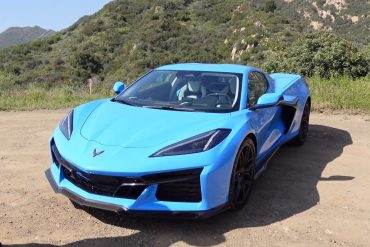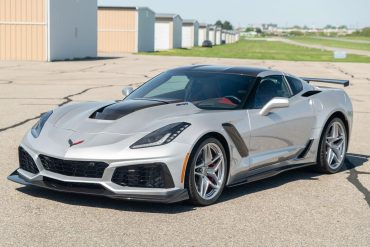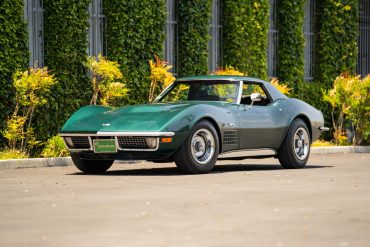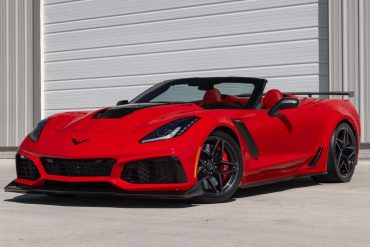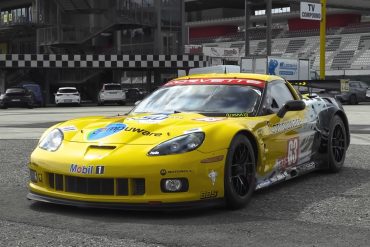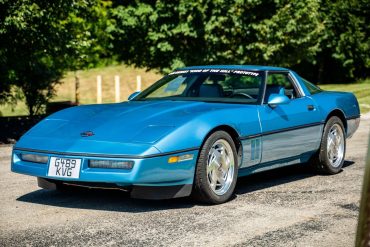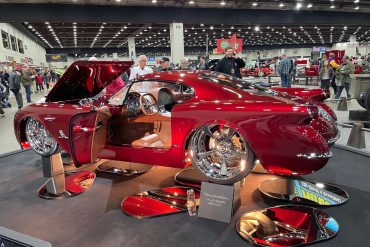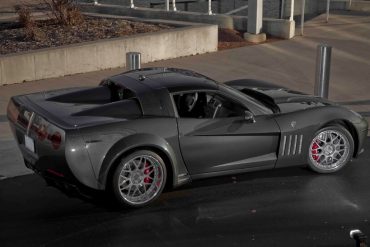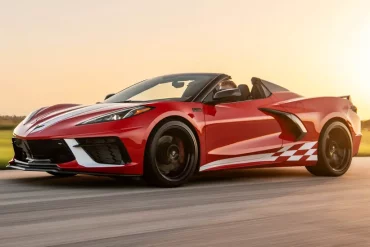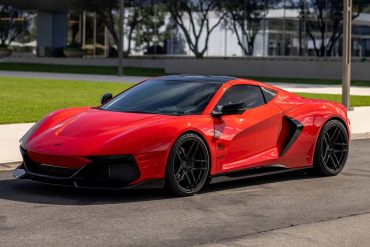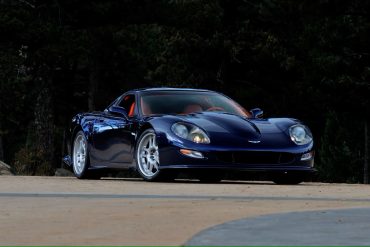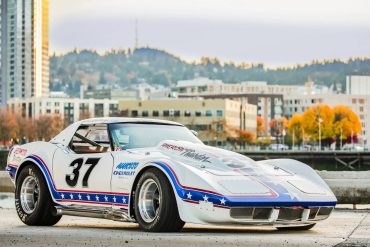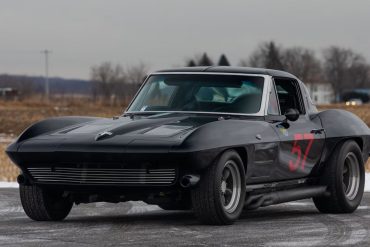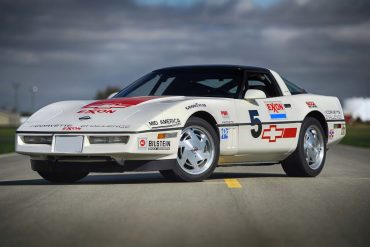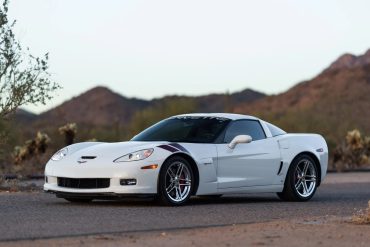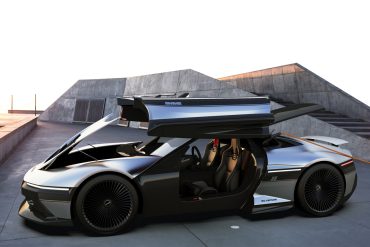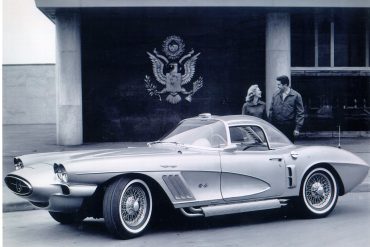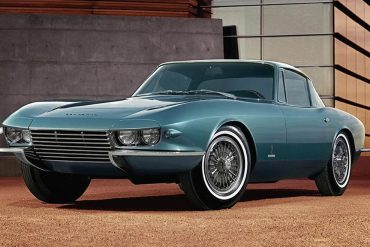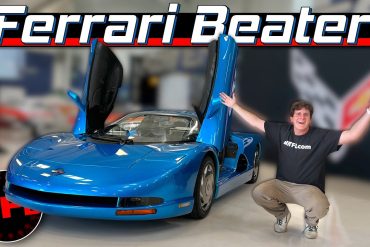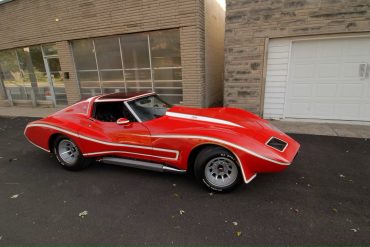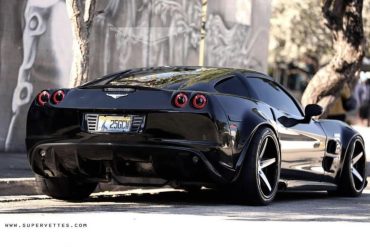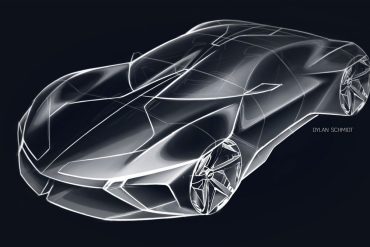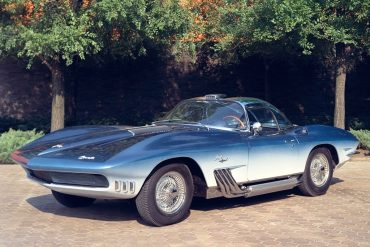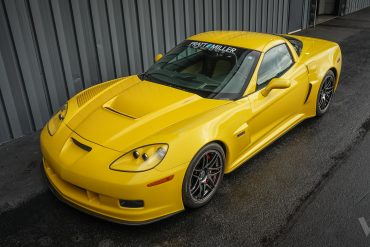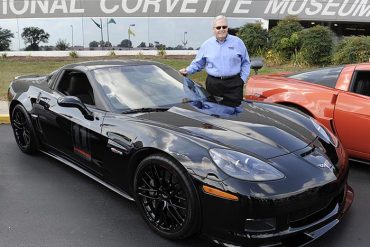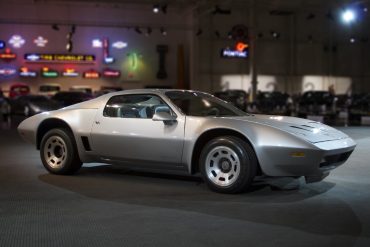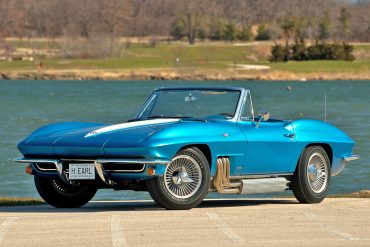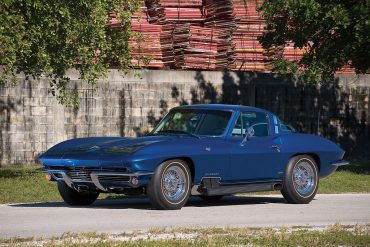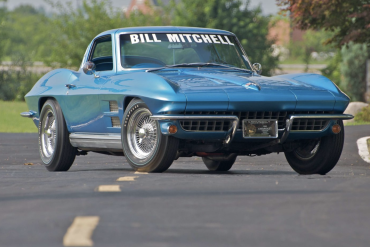Parker Nirenstein from Vehicle Virgins YouTube channel is back, and this time he’s got a special guest, Edward Xu, the...
The 2019 Corvette ZR1 marked the swan song for the front-engine, rear-wheel drive C7 generation, and it did so in...
The 1971 ZR2 Corvette stands as a remarkable feat of engineering, even exceeding the legendary L88 in rarity. Creature comforts...
Introduced in 1970, Chevrolet debuted the ZR-1 option for the C3 Corvette alongside the LT-1 engine choice, creating a rare...
The Corvette C6.R was introduced to the world in 2005, as both the motorsports testbed of the forthcoming C6 Z06 and C6 ZR1, and as...
This 1988 Chevrolet Corvette holds significance in the Corvette community as one of two remaining factory “King of the Hill”...
I’ll admit, at first glance of the front, I thought this was another Kindig CF1. Then, as I scrolled around...
Despite being an avid enthusiast for nearly three decades, I have stumbled upon yet another custom Corvette I never knew...
Since the arrival of the eighth-generation Stingray Corvette in 2020, and with it, the arrival of Corvette’s first hard-top convertible,...
Is the Rezvani inventor the newest outside-the-box visionary to take Corvette-based concepts to the next level? We’ve had many over...
The Cheetah was meant to be a Cobra-killer. It was Corvette powered, with a custom-designed chassis and suspension. There has...
When Chevrolet introduced the fifth-generation Corvette in 1997, Callaway immediately began development of a platform that would compliment and enhance the all-new C5 model. Reeves Callaway,...
John Greenwood, renowned as a master engine builder and race car driver, is credited with the creation of the “Greenwood...
This exquisite 1963 Chevrolet Corvette racing car boasts an extensive competition history dating back to the 1960s. Beneath the hood...
The Corvette Challenge started in 1988 following the removal of the C4 Corvette from the Showroom Stock racing class by...
The “Ron Fellows ALMS GT1 Championship Edition Corvette Z06,” or Ron Fellows Edition for short, stands as the first autographed...
There’s a long, rich history between the Chevrolet Corvette and the DeLorean Motor Company (DMC), or at least between GM...
One of many styling experiments built for day-to-day use by GM styling Chief Bill Mitchell, the XP-700 was built on...
Among car collectors, enthusiasts, even kids who’ve yet to master driving, the Chevrolet Corvette needs no introduction. Introduced in 1953,...
In January 1990, Chevrolet unveiled the CERV III (Chevrolet Engineering Research Vehicle No. 3) at the Detroit International Auto Show....
The Can Am Spyder prototype was crafted by Joel Rosen’s Motion Performance. Its drivetrain boasts a powerful 550hp 466 cubic...
I thought I had seen every unique and special Corvette out there, but despite nearly three decades as an enthusiast...
Nothing seems to generate more buzz (and angst) among Corvette enthusiasts than speculation about what the next generation will look...
The Mako Shark Corvette was conceived and designed by Larry Shinoda under the direction of Bill Mitchell to provide GM’s...
It only takes a quick once over to notice there is something special and different about this C6. From the...
If you know anything about Corvette collectors, or even car collectors in general, then you know that Rick Hendrick is...
The XP-895 belonged to a series of experimental Corvettes constructed to experiment with different engine placements and chassis layouts. This...
In 1963 GM Design put together two special Corvettes according to special work orders. The first was delivered fresh to the 1963 Chicago Auto show, while a nearly identical version was gifted to the retired Harley Earl. These Vettes received numerous modifications from GM Design including and a new custom interior and sidepipes.
This one-off Corvette was custom-built by GM Styling under famed design chief Bill Mitchell, especially for the famed industrialist and Indianapolis racing sponsor Ozzie Olson of Olsonite fame. Among its special modifications including custom floor grates that were a trademark feature of the GM Styling specials
The most innovative of the Bob McDorman Collection’s GM Styling Corvettes is this Blue Metallic one-off enjoyed by GM Styling legend Bill Mitchell. The unique paint is accented with a custom made die cast front grille and matching dual front fender vents. A willing 327 CI engine gave this gem all the performance the boss could have asked for...


